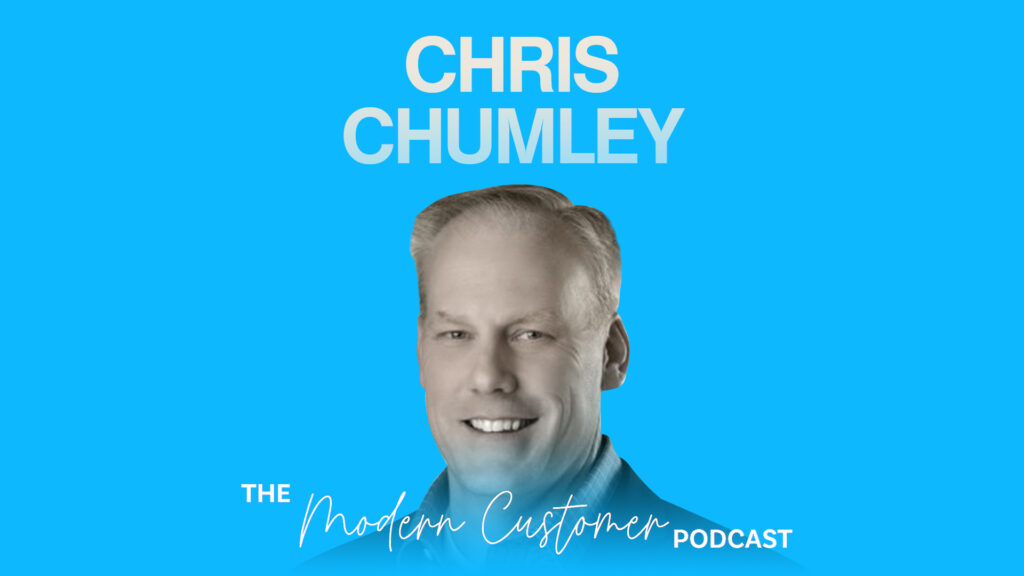Investing in customer experience is just that—an investment. Being able to prove the return and value of that investment is crucial for all companies, especially startups and those looking to get new customers on board.
In the early days of CampusLogic, President and COO Chris Chumley used ROI as a tool to gain new customers and establish credibility. Prospective university clients agreed that the student experience was important, but many weren’t willing to spend money on it. By demonstrating the ROI of CX and how it would eliminate pain points and create a better experience for customers, students, and employees, Chumley could connect with potential customers and grow his business.
You can watch the video of our full discussion below. For more content like this, please subscribe to my Youtube channel.
Chumley says illustrating ROI starts by identifying the pain point. Where do customers face friction? What areas of the experience could be improved? Where is the frustration for customers and employees? The pain point for CampusLogic’s university customers was often paper-heavy financial aid systems.
Chumley says to work side by side with customers to put a number to that pain using the customer’s metrics. The pain point could be impacting sales, customer satisfaction, employee engagement, or a host of other things. If the company can move that number, CX has value.
For potential CampusLogic customers, Chumley often tied ROI to reducing costs and increasing financial aid completion rates—two metrics that are crucial for universities. Tying ROI to metrics that customers care about makes ROI more impactful. The personalized approach shows the value of CX for each unique customer and becomes more applicable and accessible.
Chumley says the key to a successful ROI model is to involve customers. Cooperatively building ROI helps customers catch the vision of how CX can solve their pain points. Instead of simply telling customers the ROI, Chumley uses each customer’s numbers to build the solution with them and showcase the value. That means each ROI model is unique to the customer using metrics they already track and are familiar with.
Numbers don’t lie. Building a strong ROI model for CX creates a compelling case for its value and can be crucial in getting new customers and creating customer-centric companies.
_________________
Blake Morgan is a customer experience futurist and the bestselling author of The Customer of the Future. For regular updates on customer experience, sign up for her weekly newsletter here.

